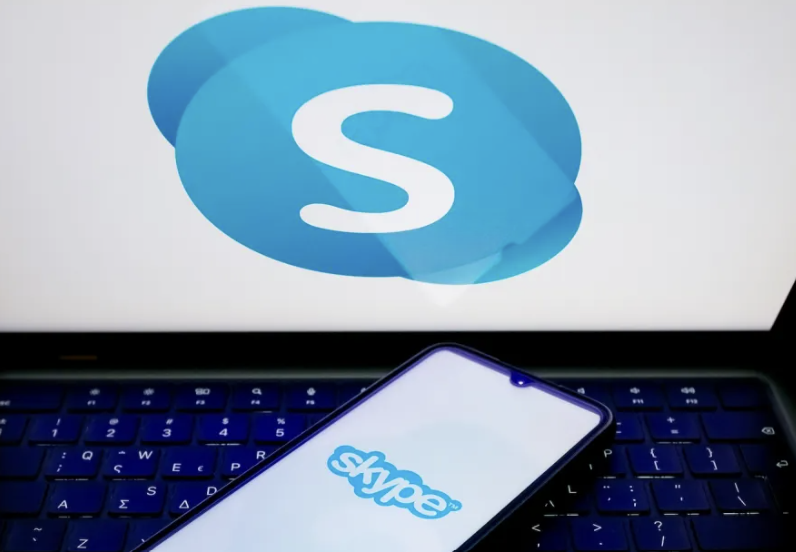 Skype
SkypeSoftware giant Microsoft announced that it would shut down popular video-calling service Skype on Monday, May 5, 2025, after 23 years of operation.
Skype is a communication platform that allowed users to make voice and video calls, send instant messages, and share files over the internet.
It supported one-on-one and group conversations, making it ideal for personal, educational, and business use.
Benefits included free Skype-to-Skype calls, low-cost international calling, screen sharing for collaboration, and accessibility across multiple devices.
News of its closure after over two decades is no doubt devastating to Skype users who have for years relied on the video-calling service to stay in touch with their loved ones and for business communication.
But all is not lost. Skype users can still migrate to alternative video-calling services that offer similar services.
Microsoft Teams
If you have a Skype account, the most convenient app to migrate to would be Microsoft Teams.
You can sign into Teams for free using your Skype credentials without losing your contacts and chats.
Besides boasting of enhanced security features, Microsoft Teams enables you to connect with up to 10,000 participants in a single video call.
Skype could only support up to 20 participants and was mainly for casual use.
Teams is more business-focused but supports all the features Skype offered - including one-on-one and group calls, messaging, and file sharing.
Zoom
Zoom offers several helpful features, including the ability to host up to 100 participants and chat in both private and public groups.
It has tools such as notes, a whiteboard, and screen-sharing capabilities and enables users to record meetings and access transcripts.
Paid subscribers can circumvent the app's downside of the 40-minute time limit per meeting for users on the free plan.
Signal
Unlike Zoom, Signal can accommodate only up to 50 participants in a single call.
The encrypted messaging app has provided group video-calling features since 2020, providing much-needed reprieve when the global pandemic Covid-19 hit.
Signal operates much like Google Meet, Zoom, and Microsoft Teams as it allows users to share links for calls rather than creating a group.
It's totally free and requires no subscription for added features.
Google Meet
Google Meet is available for free with a Google account and as such, transitioning to this platform would be fairly easy.
Google Meet users can hold meetings with up to 100 participants, record meetings, share screens, and more.
Its disadvantage is that the free comprising a meeting of more than three participants, has a 60-minute time limit.
Companies wishing to use Google Meet can purchase a Google Workspace plan for features like having up to 25 co-hosts and dividing participants into smaller breakout rooms.
Slack
Slack may not be ideal for formal meetings with large groups, but it can be effective for spontaneous meetings within team chats.
It has a Huddle feature, which enables users to easily transition from a chat thread to an informal audio or video call.
Huddle on the free plan can accommodate only two people, whereas paid plans allow up to 50.
Discord
Discord can also serve as an alternative to Skype for personal use or for smaller teams even though it was initially designed as a chat platform for gamers.
However, it's not ideal for larger organisations as it limits calls to 25 participants.
A positive side of Discord is that it offers unlimited meeting lengths and features such as screen sharing, the ability to record meetings, and breakout rooms.
The platform has a free plan in addition to two paid options.
Webex
Webex offers a similar plan to Skype and the other alternatives and boasts of features such as screen sharing, the ability to record sessions and a whiteboard capability.
It's free plan includes up to 100 attendees per meeting.
However, its drawback is that it has a 40-minute time limit.
Users wishing to stay connected for longer periods of time can purchase the subsription plans which support up to 1,000 attendees, depending on team size.
The paid plans come with an AI assistant, live polling and Q&A.
Other apps for mobile users looking to video call include WhatsApp, Facebook Messenger and Apple FaceTime.















